Electric Vehicles Aren’t An Option For Many Renters, Condo Owners
Hybrid vehicles have been for sale in the US for two decades now, thankfully recent hybrids are very different than the first Honda Insight. While I prefer the greener solution of using public transit, my husband has to have a vehicle for his job.

We bought our current 2015 Hyundai Sonata Limited used in March 2018. It has been a good car, but the fuel mileage from the 2.5 liter four cylinder gasoline engine has been disappointing.
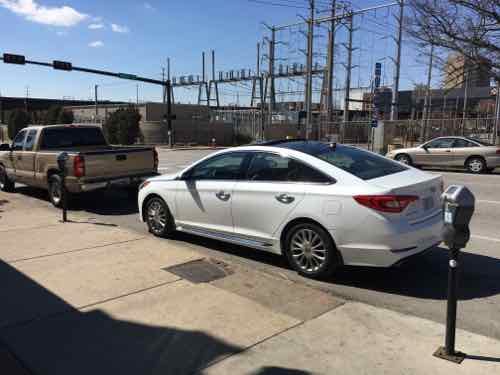
When it’s paid off in two years I want our next car to be as green as possible. But what?
Now’s a good time to define some acronyms I’ll be using throughout this post.
- Internal Combustion Engine (ICE): An internal combustion engine (ICE) is a heat engine in which the combustion of a fuel occurs with an oxidizer (usually air) in a combustion chamber that is an integral part of the working fluid flow circuit. In an internal combustion engine, the expansion of the high-temperature and high-pressure gases produced by combustion applies direct force to some component of the engine. The force is applied typically to pistons, turbine blades, rotor or a nozzle. This force moves the component over a distance, transforming chemical energy into useful work.
Examples - Hybrid Electric Vehicle (HEV): A hybrid electric vehicle (HEV) is a type of hybrid vehicle that combines a conventional internal combustion engine (ICE) system with an electric propulsion system (hybrid vehicle drivetrain). The presence of the electric powertrain is intended to achieve either better fuel economy than a conventional vehicle or better performance. There is a variety of HEV types and the degree to which each function as an electric vehicle (EV) also varies. The most common form of HEV is the hybrid electric car, although hybrid electric trucks (pickups and tractors) and buses also exist.
Examples: Toyota Prius - Plug-In Electric Vehicle (PHEV): A plug-in hybrid electric vehicle (PHEV) is a hybrid electric vehicle whose battery can be recharged by plugging it into an external source of electric power, as well as by its on-board engine and generator.
Examples: - Range-Extended Battery Electric Vehicle (BEVx): A range extender is a fuel-based auxiliary power unit (APU) that extends the range of a battery electric vehicle by driving an electric generator that charges the vehicle’s battery. This arrangement is known as a series hybrid drivetrain. The most commonly used range extenders are internal combustion engines, but fuel-cells or other engine types can be used.
Examples: Chevrolet Volt, BMW i3 with range extender. - Battery Electric Vehicle (BEV): battery electric vehicle (BEV), pure electric vehicle, only-electric vehicle or all-electric vehicle is a type of electric vehicle(EV) that exclusively uses chemical energy stored in rechargeable battery packs, with no secondary source of propulsion (e.g. hydrogen fuel cell, internal combustion engine, etc.). BEVs use electric motors and motor controllers instead of internal combustion engines (ICEs) for propulsion. They derive all power from battery packs and thus have no internal combustion engine, fuel cell, or fuel tank. Examples: Nissan Leaf, Chevrolet Bolt, all Tesla models.
The above types are listed in order, getting greener as you move down the list. Now every manufacturer is promoting BEVs, General Motors and other vehicle manufacturers have pledged to go full BEV within this decade. Numerous more affordable models are on the new & used markets.
When we got married in June 2014 a friend drove us to our reception in her new BEV, a Tesla Model S — a rarity at the time.
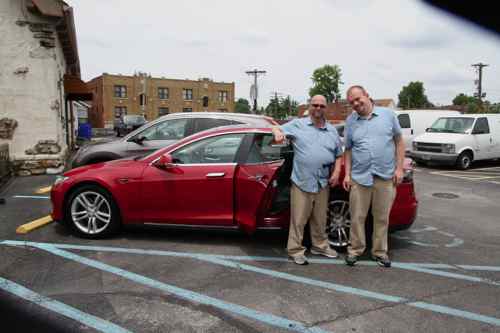
Before our wedding we even took a test drive of one, I told the Tesla rep we couldn’t afford one but they said to go out anyway.

For this post I searched Auto Trader for a used Model S. Of the 1,621 results the cheapest is a 2013 with 124,459 miles for $21,000. Within 50 miles of our zip code there are 14 Tesla Model S, the cheapest is another 2013 with 71,609 miles, an asking price of $28,990.
Both are thousands more than what we paid for our current car, that was only 3 years old with less than 47,000 miles. Our credit union would finance such a purchase, but the interest rate is higher and the length of loan not as long. A well-used Tesla Model S still isn’t affordable to us.
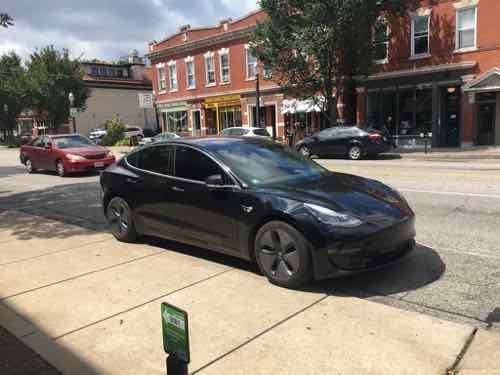
Maybe a Model 3? Of the 11 within 50 miles a 2019 with 26k miles is the cheapest at $34,990 Nationally 875 are for sale, a 2018 with 33k mile is the cheapest at $28, 492. No Tesla is affordable for us, but there are other BEV options.
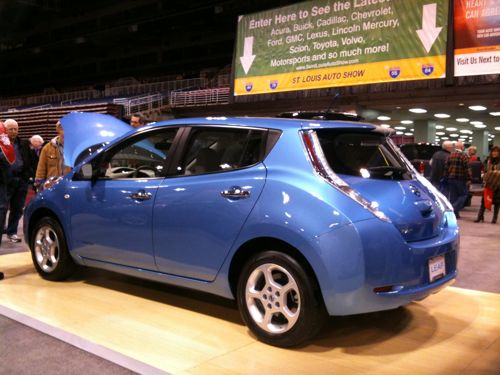
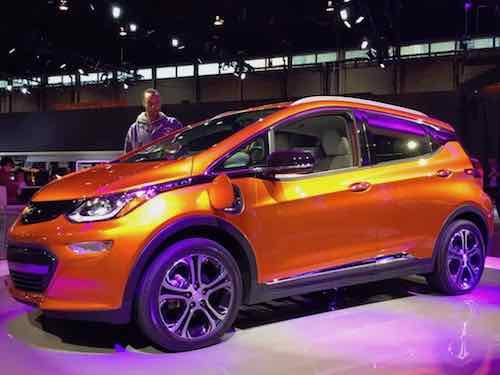
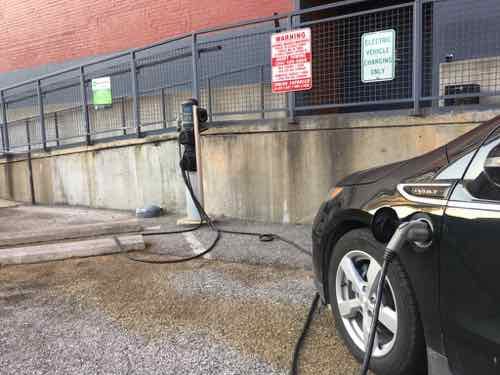
The Nissan Leaf came out a decade ago, the Chevy Bolt began with the 2017 model year. As the original purchaser enjoyed the tax incentives offered the used prices are well within our budget. Additional 4+ passenger used BEVs include the Kia Soul EV, VW e-Golf, Hyundai Ioniq, BMW i3, and Mercedes B-class.
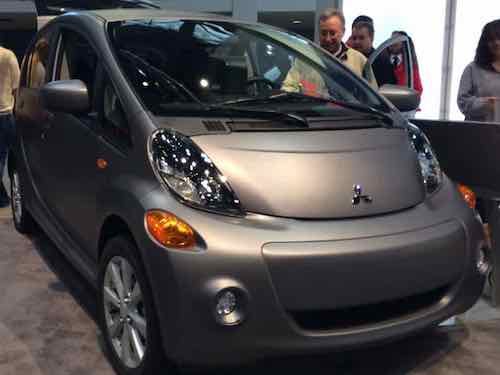
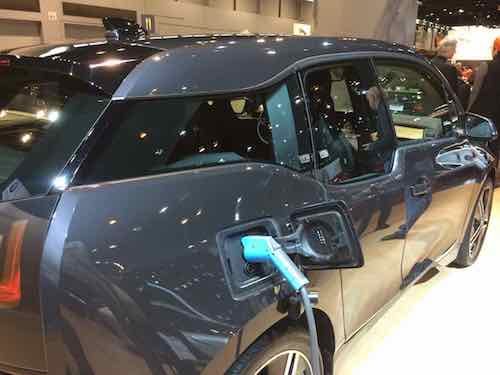
The number of used BEVs in the St. Louis region is limited, but I’d be open to buying a California car and driving it home or having it delivered. The problem now with a BEV is charging it.
Most BEV owners charge at home, overnight. If you’ve got a garage this isn’t an issue, but for many out there it’s a huge obstacle. We rent and our car gets parked in a parking lot. We have a reserved space only because I’m physically disabled. At our previous loft we had an assigned space but the cost to get a charger to our spot would’ve been exorbitant. I doubt the condo has sufficient power to have chargers for even 20% of the cars.
I’ve owned properties before, but I usually parked on the street. At this point a BEV at any price just won’t work for us. The next best thing is a PHEV— plug-in hybrid electric vehicle. As BEVs have decreased in price and range extended, PHEV sales have declined. The true benefits of a PHEV are only realized when you can change at home and drive 15-30 miles purely on battery power.
That leaves a HEV (hybrid) as my only choice. There are many hybrid choices these days, though I’m inclined to get a newer hybrid version of our car because the 2-position memory seat & mirrors feature is very nice when sharing a vehicle with a driver who’s significantly taller.
The issue of how renters & condo owners in the St. Louis region will charge BEVs/PHEVs in the coming years remains. High-end buildings in the central corridor may have difficulty getting enough power into owner’s assigned spaces. With 50-150 units/cars per association they’ll have major challenges as more and more residents want to plug in their BEVs overnight. At existing apartment complexes with surface parking lots the challenge will be the cost to set up chargers. Paying retail to charge at BEV at your apartment rather than adding the current to your existing electric bill could made operating a BEV very costly.
And before anyone mentions coal is dirty, BEVs charged with electricity generated by fossil fuels is still cleaner than ICE vehicles (source). Part of Ameren’s electric is generated by wind & solar. Additionally, half our electricity is generated by wind through Arcadia (referral link). Combined less than half our electricity is from fossil fuels. If we could get a BEV/PHEV and charge at our apartment I’d gladly pay the 1.5¢ extra per kWh for 100% wind power.
In the past BEVs were very expensive, but the electric vehicle has gone mainstream. GM, Volvo, Volkswagen, and other legacy vehicle manufacturers have pledged to go fully electric before the end of the decade. Toyota, whose Prius is synonymous with hybrid, will announce its first BEV next week.
Eventually battery technology will get to the point where charging won’t take overnight, but in the meantime someone needs to figure out how the masses without a private garage will charge their vehicle at home.
— Steve Patterson